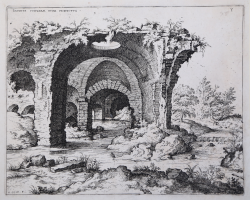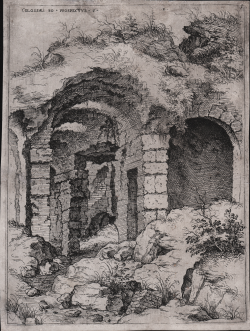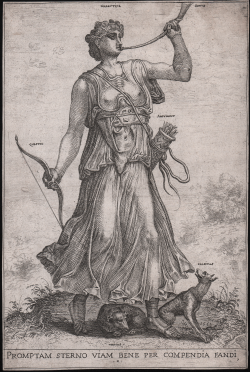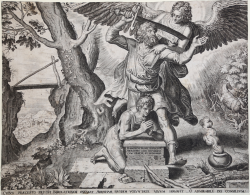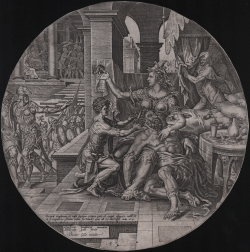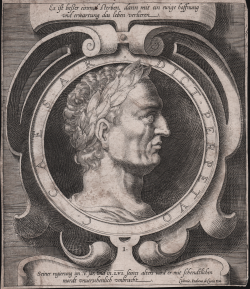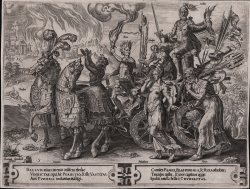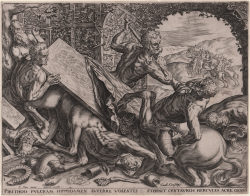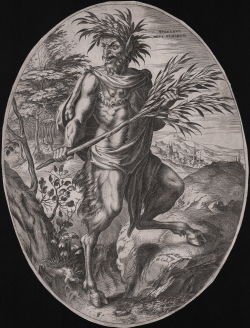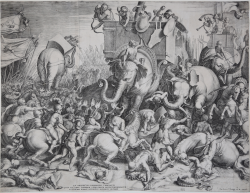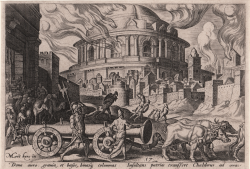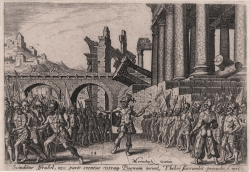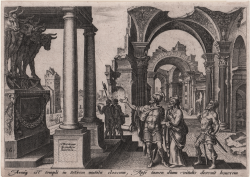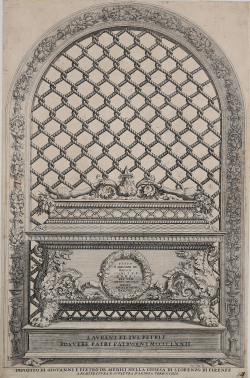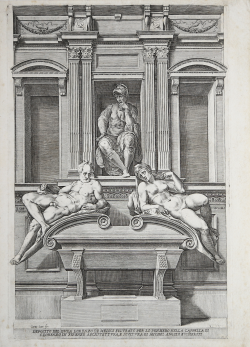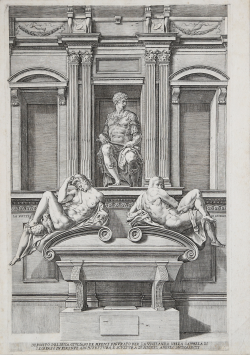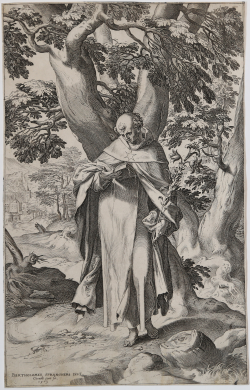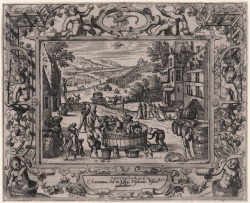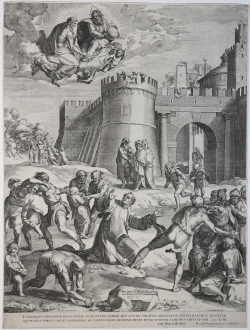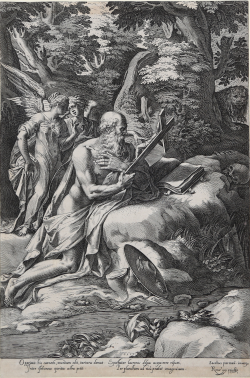Scuola Fiamminga del XVI Secolo
Scuola Fiamminga del XVI Secolo
Visualizzati 1-20 su 79 articoli
Hieronimus COCK
Riferimento:
s35219
Misure:
284 x 226 mm
Anno:
1550
Hieronimus COCK
Riferimento:
S45949
Misure:
200 x 270 mm
Anno:
1550 ca.
Hieronimus COCK
Riferimento:
S48421
Misure:
205 x 305 mm
Anno:
1550
Philippe GALLE
Riferimento:
S32367
Misure:
441 x 345 mm
Anno:
1560 ca.
Philippe GALLE
Riferimento:
S44278
Misure:
255 x 255 mm
Anno:
1560 ca.
Joos Gietleughen
Riferimento:
S47000
Misure:
205 x 240 mm
Anno:
1560 ca.
Cornelis CORT
Riferimento:
S45481
Misure:
295 x 220 mm
Anno:
1564
Cornelis CORT
Riferimento:
S30319
Misure:
290 x 230 mm
Anno:
1565
Cornelis CORT
Riferimento:
S44710
Misure:
220 x 295 mm
Anno:
1565
Cornelis CORT
Riferimento:
S47047
Misure:
540 x 410 mm
Anno:
1567
Philippe GALLE
Riferimento:
S35321
Misure:
205 x 145 mm
Anno:
1569
Philippe GALLE
Riferimento:
S35323
Misure:
205 x 145 mm
Anno:
1569
Philippe GALLE
Riferimento:
S35322
Misure:
205 x 145 mm
Anno:
1569
Cornelis CORT
Riferimento:
S16973
Misure:
238 x 438 mm
Anno:
1570
Cornelis CORT
Riferimento:
S48934
Misure:
275 x 415 mm
Anno:
1570 ca.
Cornelis CORT
Riferimento:
S48933
Misure:
270 x 425 mm
Anno:
1570 ca.
Cornelis CORT
Riferimento:
S38094
Misure:
214 x 337 mm
Anno:
1573 ca.
Johannes van DOETECUM
Riferimento:
S305203
Misure:
246 x 198 mm
Anno:
1574 ca.
Cornelis CORT
Riferimento:
S30152
Misure:
428 x 570 mm
Anno:
1576
Cornelis CORT
Riferimento:
S30166
Misure:
378 x 250 mm
Anno:
1577

